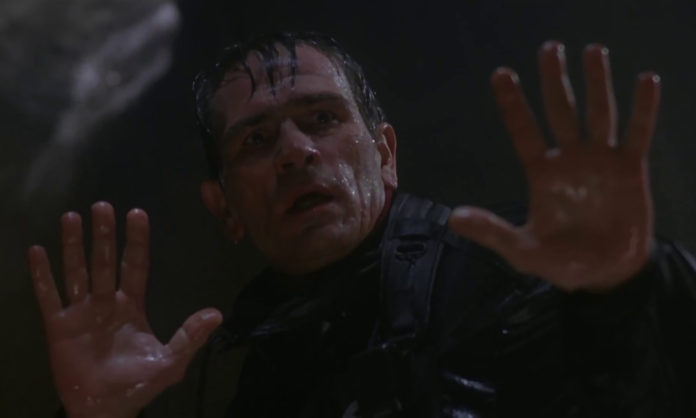In a post on Writers Helping Writers, Neil Chase examines the difference between a villain and an antagonist. “We often see these terms used interchangeably, but there’s a big difference between them, and you need to know which is the right one for your story,” he says.
An antagonist is whatever force is working against your main character as they try to fulfill their goal. The antagonist can be a person, an institution, a cultural rule, an animal, or a force of nature. They might even be nice people. Friends and family members can work against your protagonist without wishing them harm.
In contrast, a villain is amoral or evil, and could very well wish direct harm to your hero. Unlike the well-meaning antagonist, the villain purposely seeks to thwart your protagonist and may even be a position to understand him best.
So, a villain can be the antagonist, but it’s not a rule. “In some stories, the villain is the clear-cut antagonist, standing in opposition to the protagonist and working to foil their plans,” Chase writes. “In others, however, the lines are more blurred. The villain may not be an active force opposing the hero; instead, they may simply have their own goals and motivations in parallel with that of the hero.”
Likewise, not all antagonists are villains. “In some cases, the antagonist may simply disagree with the protagonist or pose a challenge,” Chase explains. “They might even share the same goal, but have different methods to reach it.”
As examples, Chase identifies Die Hard‘s Hans Gruber as both a villain and antagonist. In The Fugitive, Sheriff Gerard is the antagonist, as he attempts to arrest Dr. Kimball, but he isn’t a villain. In American Psycho, Patrick Bateman is a villain, but also the protagonist. The police detective working against him is actually the antagonist in that story.












